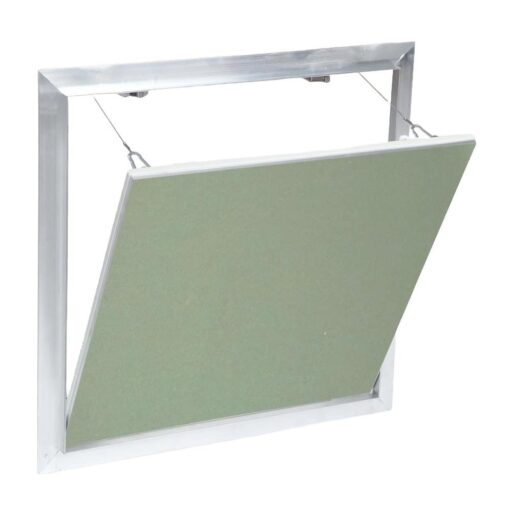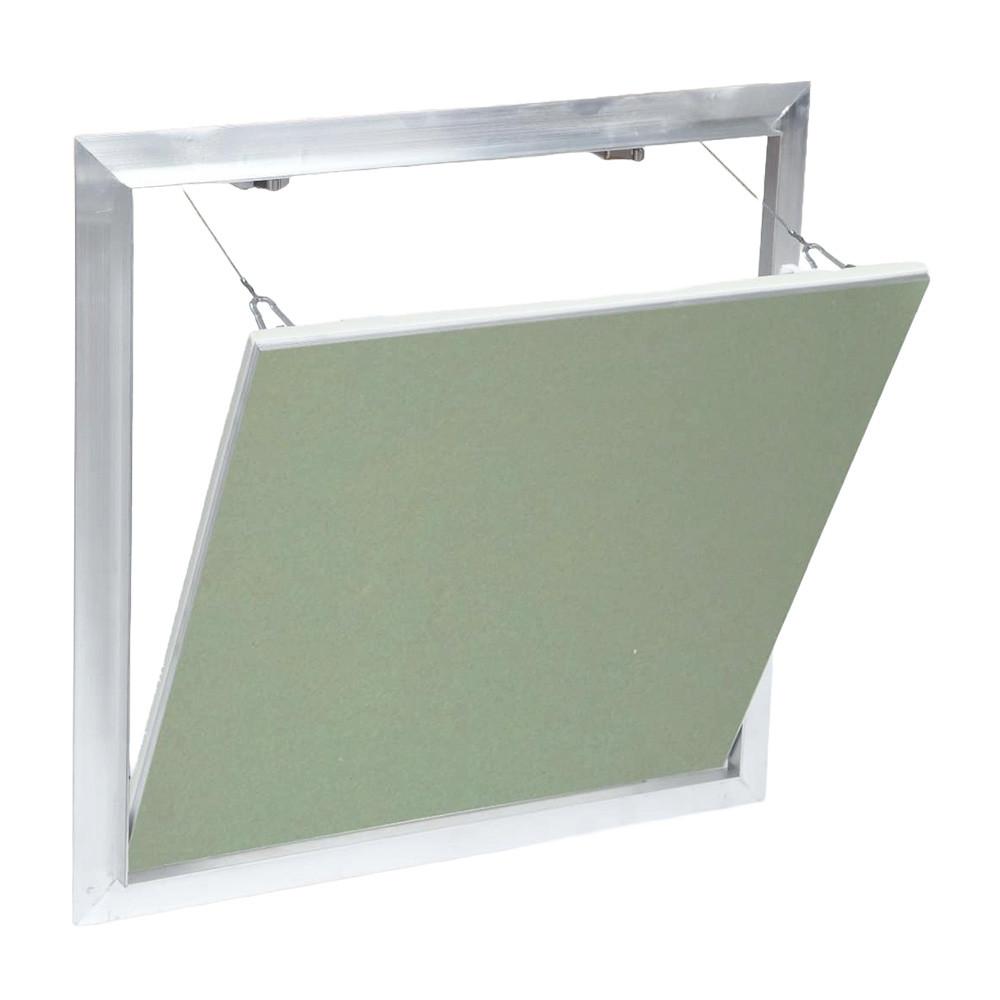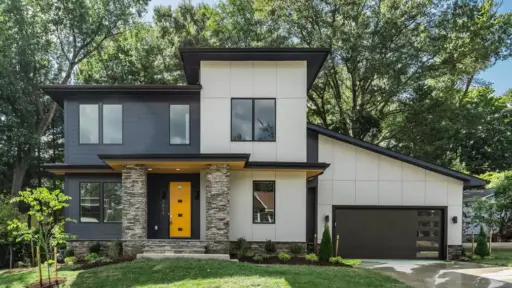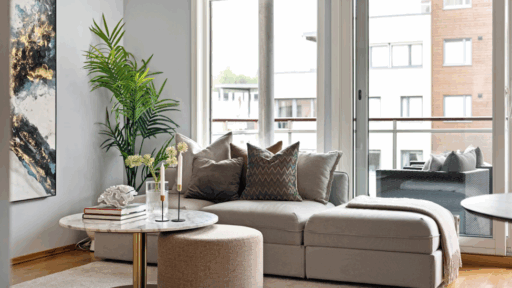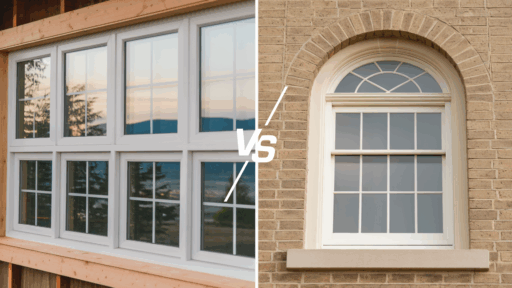Many remodeling projects begin with a clear purpose: improving a space’s appearance. Clean finishes, better layout, and fewer visual distractions help create an environment that feels more intentional and well-designed.
But even the most carefully planned space—residential or commercial—must account for what’s hidden behind the walls. Wires, pipes, and mechanical systems aren’t meant to be visible but still require access. With that, recessed access doors offer a smart solution.
This guide shows how recessed access doors protect your design and stay out of sight.
What Are Recessed Access Doors?
Recessed access doors are panels installed within walls or ceilings that sit flush with the surrounding surface, creating a smooth, unobtrusive look.
Unlike surface-mounted panels, which sit on top of the wall and are often visible at a glance, recessed types are designed to blend in. They are constructed to accept the same material as the adjacent surface—such as plaster, drywall, tile, or acoustic panels—making them far less noticeable once installed.
What Makes Recessed Access Doors a Smarter Design Choice
Clean Look Through Concealed Hardware
Standard access doors often have visible hinges, latches, or handles that can take away from the overall look of a finished space. Even in well-designed interiors, those extra parts can stand out and break the flow.
Recessed access doors are built differently. Their hardware is hidden, so nothing sticks out or interrupts the wall or ceiling surface. The panel sits flat and blends into its surroundings, keeping the design smooth and consistent.
Versatile Use in Interior Spaces
Recessed access doors fit easily into almost any room—offices, powder rooms, kitchens, hallways, utility areas, and more. Many interior spaces are designed to feel consistent from one room to the next, with finishes and details that carry through across different areas.
Since recessed doors sit flush and match surrounding surfaces, they support that visual continuity. No matter where they’re placed, they help maintain a clean, unified appearance throughout space.
Improved Safety Around High-Traffic Areas
Access doors help keep walkways safer and easier to navigate in homes with narrow hallways, low ceilings, or areas often used by children or older adults.
In commercial spaces, the same low-profile design reduces the risk of damage or injury during routine tasks like cleaning, moving equipment, or rearranging furniture. With nothing sticking out, the space stays clear, comfortable, and easier to move through—no matter how busy it gets.
Low-Profile Function in Tight Spaces
Even small design choices can have a great impact when space is limited. Regular access panels often stick out or need extra room to open, which can cause problems near doors, furniture, or built-in shelves. Recessed access doors avoid those issues. They sit flat against the surface and don’t need extra clearance, helping keep the room open and easy to use. This makes them a smart pick for apartments, condos, or smaller renovations where space needs to work harder.
Flexible Sizing and Customization
Not all walls and ceilings are the same. Some projects have unusual layouts, special finishes, or tight spaces that need custom solutions. Recessed access doors can be made in different sizes and styles to match those needs. Whether it’s fitting into a narrow wall, matching a tile pattern, or staying in line with other design details, the flexibility helps everything stay neat and well-aligned.
Built-In Access for Future Improvements
Even in a well-designed space, systems behind the walls don’t stay static. Over time, homeowners may want to modernize plumbing lines, upgrade electrical wiring, or add new components like smart thermostats, security controls, or energy-efficient appliances. Recessed access doors make those improvements easier to manage by offering a clean, built-in way to reach essential systems without opening up walls or ceilings.
Where Recessed Access Doors Make the Most Impact
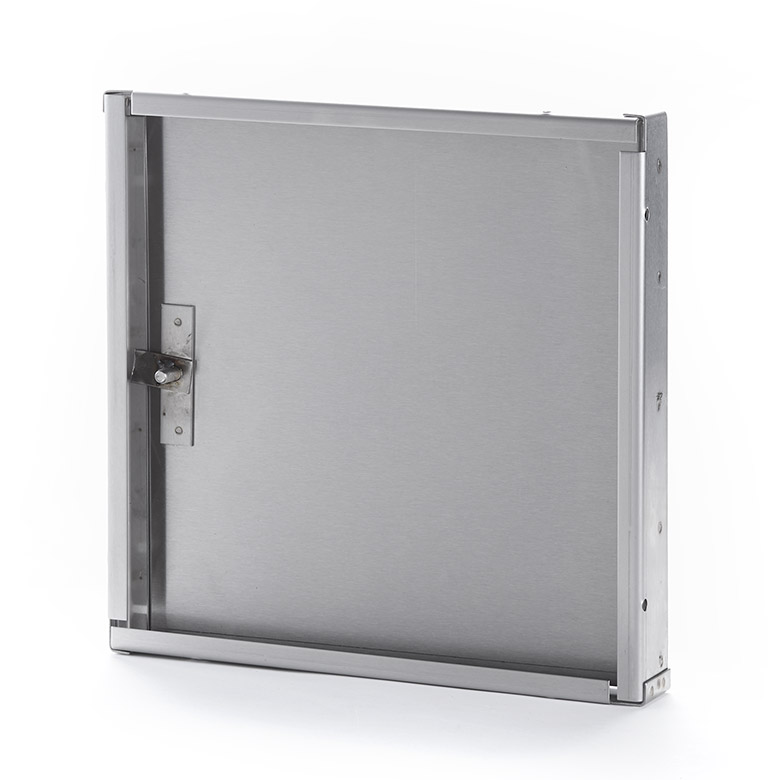
Here are some of the key areas where they make a noticeable difference:
Living Rooms With Feature Walls
Modern living rooms often include textured walls, built-in shelving, or statement finishes like stone, tile, or decorative panels. Recessed doors allow hidden systems—such as home automation hubs, AV wiring, or junction boxes—to stay accessible without interfering with the design.
Bathrooms and Kitchens
These are two of the most utility-heavy areas in any space, with frequent plumbing and electrical access needs. Recessed access doors make reaching valves, meters, or service panels easier without leaving bulky covers in view. This is especially helpful in spaces where moisture resistance and visual continuity are priorities.
Retail and Hospitality Spaces
Design is central to customer experience so visible access points can disrupt carefully curated interiors. Recessed access doors allow maintenance teams to reach essential systems while preserving the brand aesthetic. They’re effective behind reception counters, inside retail display walls, or along public corridors where first impressions count.
Offices and Commercial Interiors
In open-plan offices and meeting areas, visual consistency is key. Recessed access doors can be aligned with wall panels or ceiling grids, finished in the same material as surrounding drywall or acoustic tiles. This prevents them from drawing attention while allowing IT, HVAC, or electrical teams to access critical systems without disturbing the workspace layout or visual flow.
To Sum Up
Recessed access doors don’t just cover what’s behind the wall—they help maintain a clean, uninterrupted finish. With no visible hardware and a flush fit, they keep surfaces consistent and free from clutter. These solutions always do the job without getting in the way.

